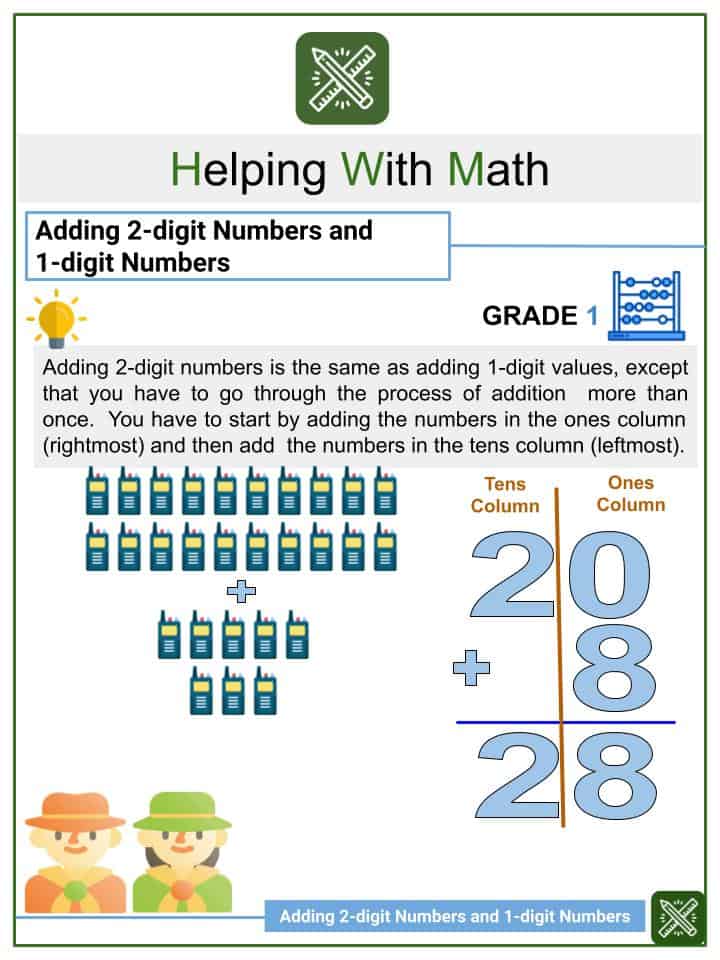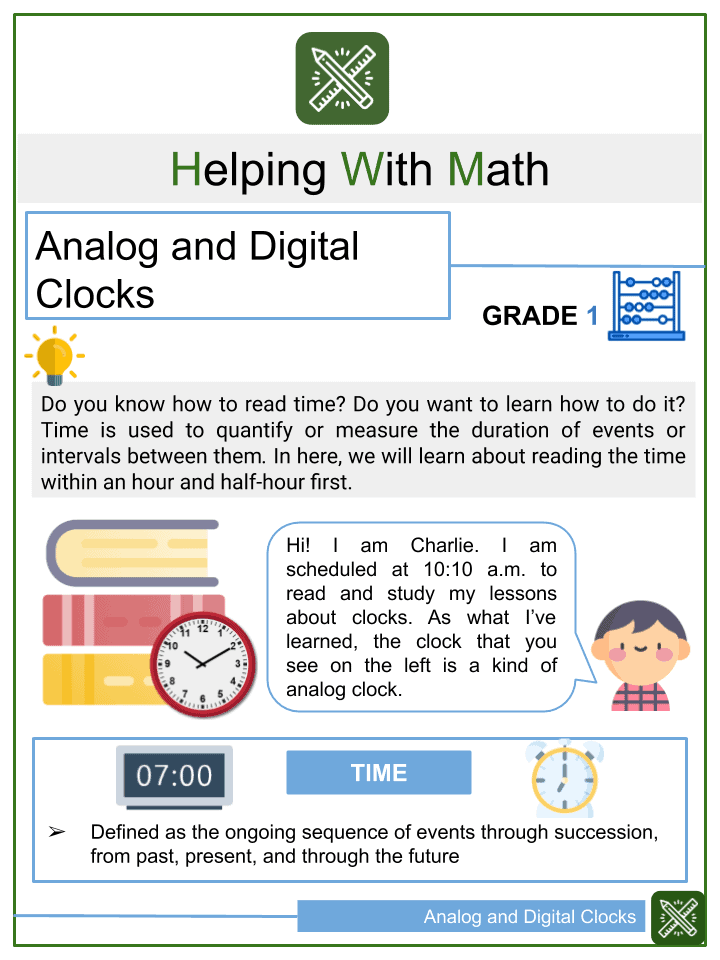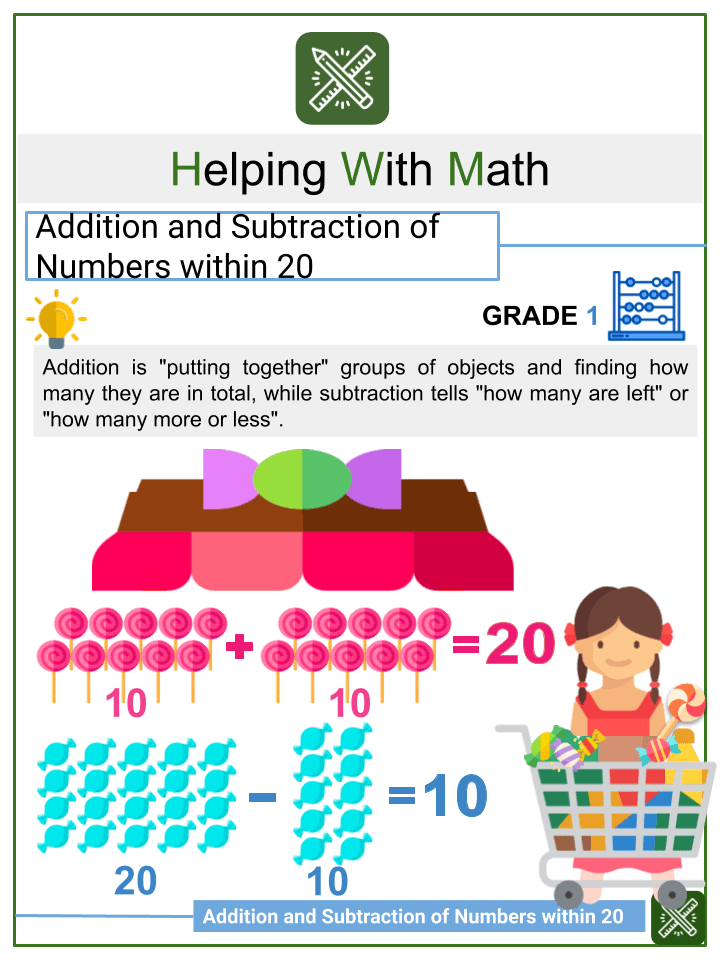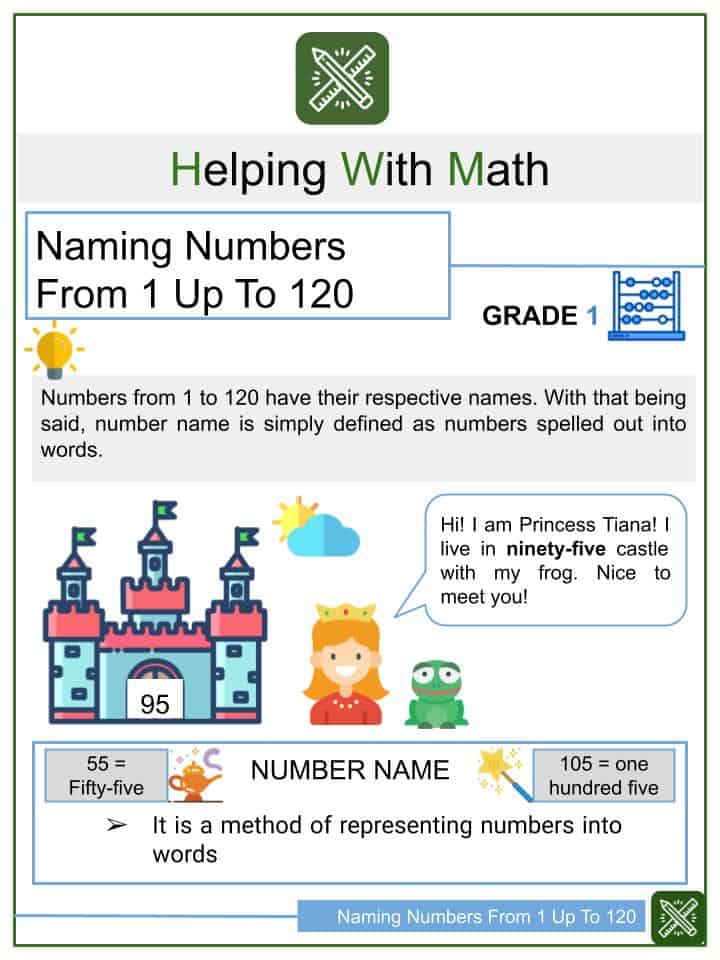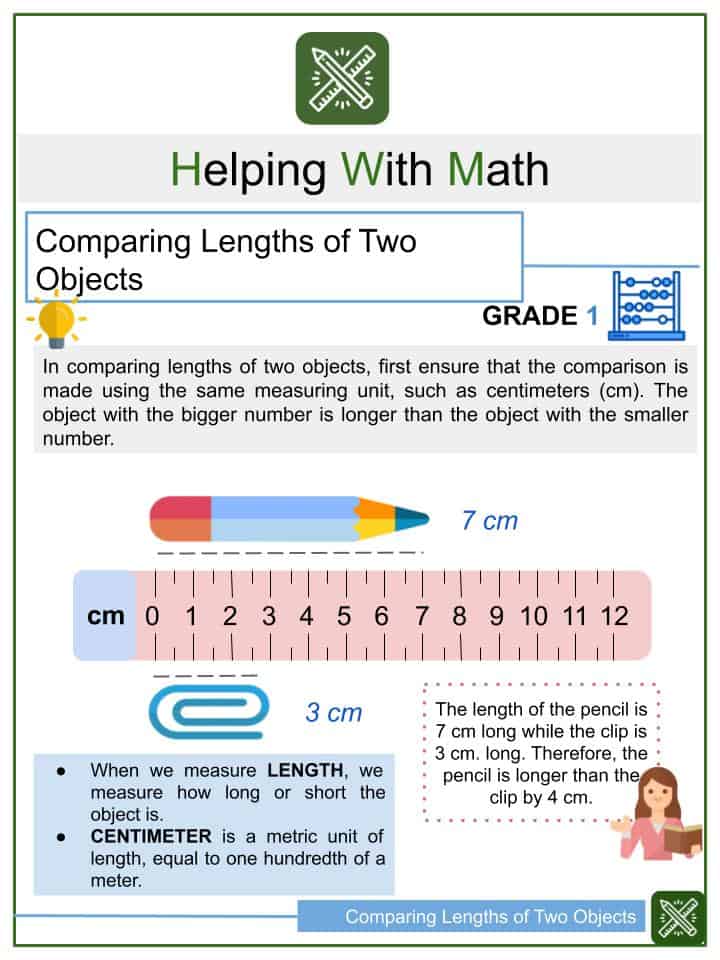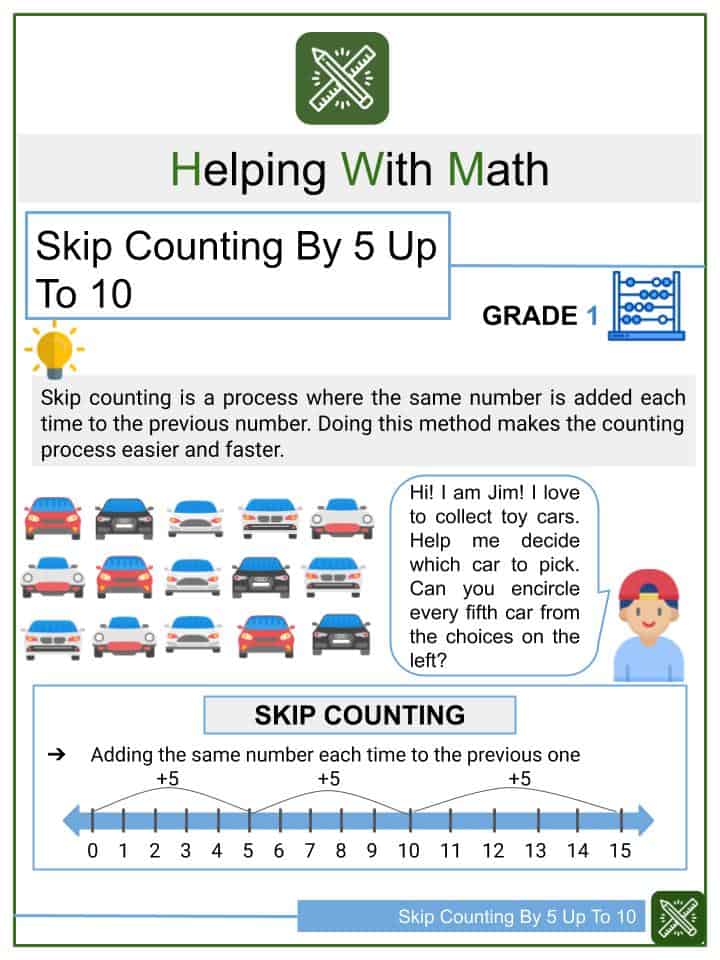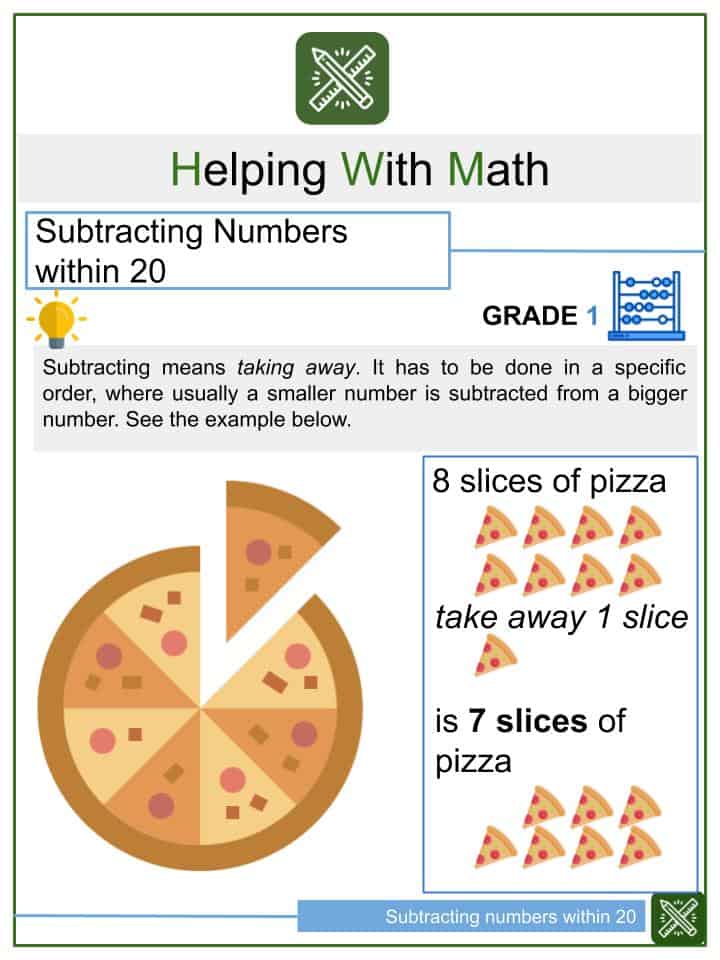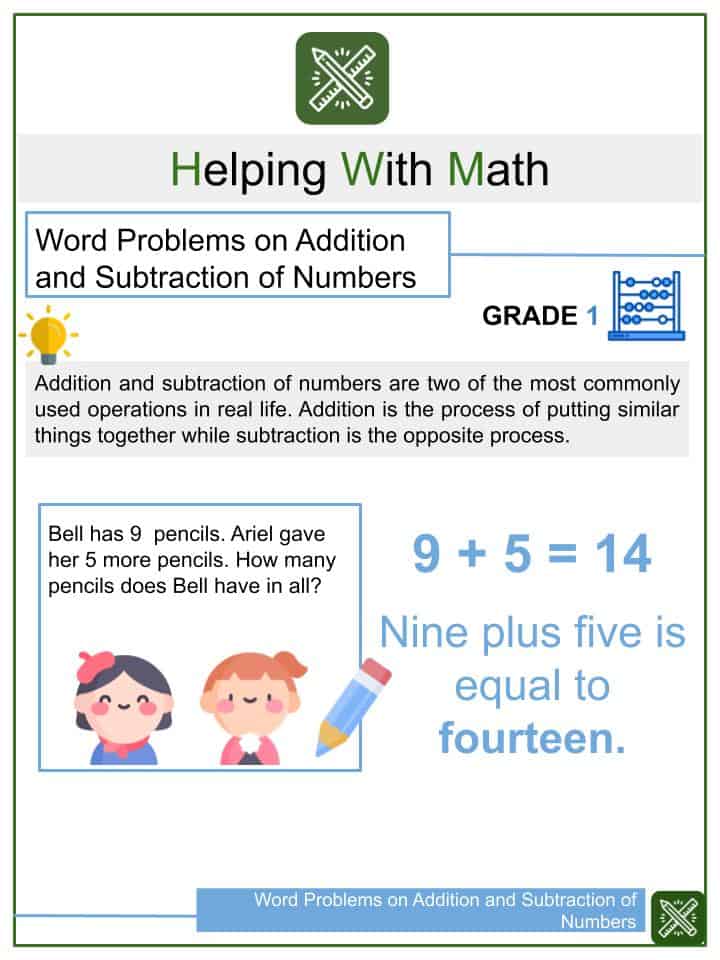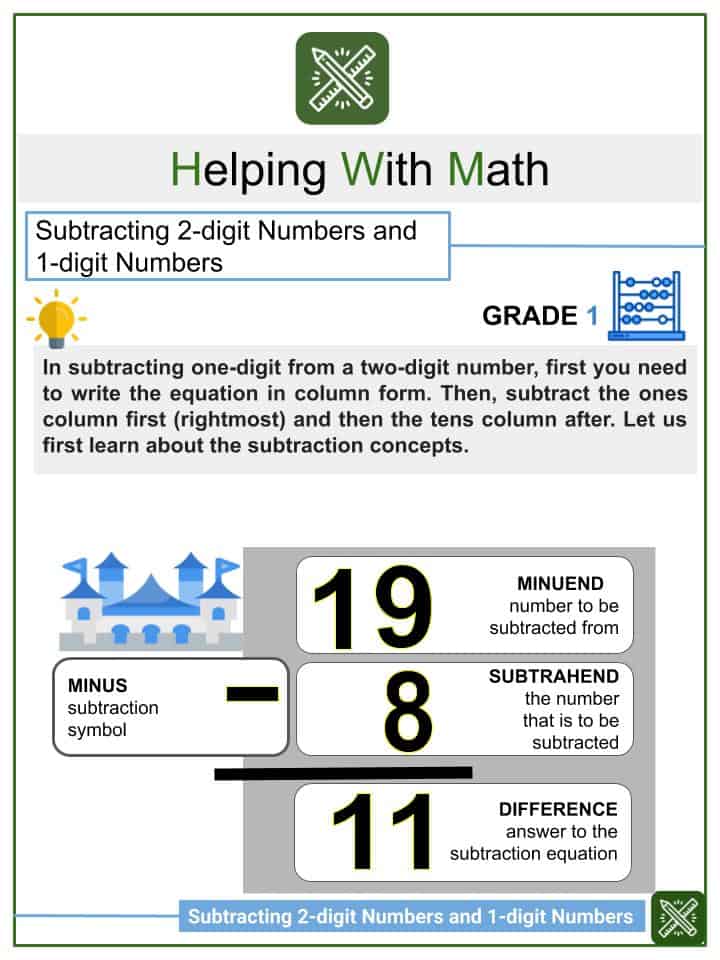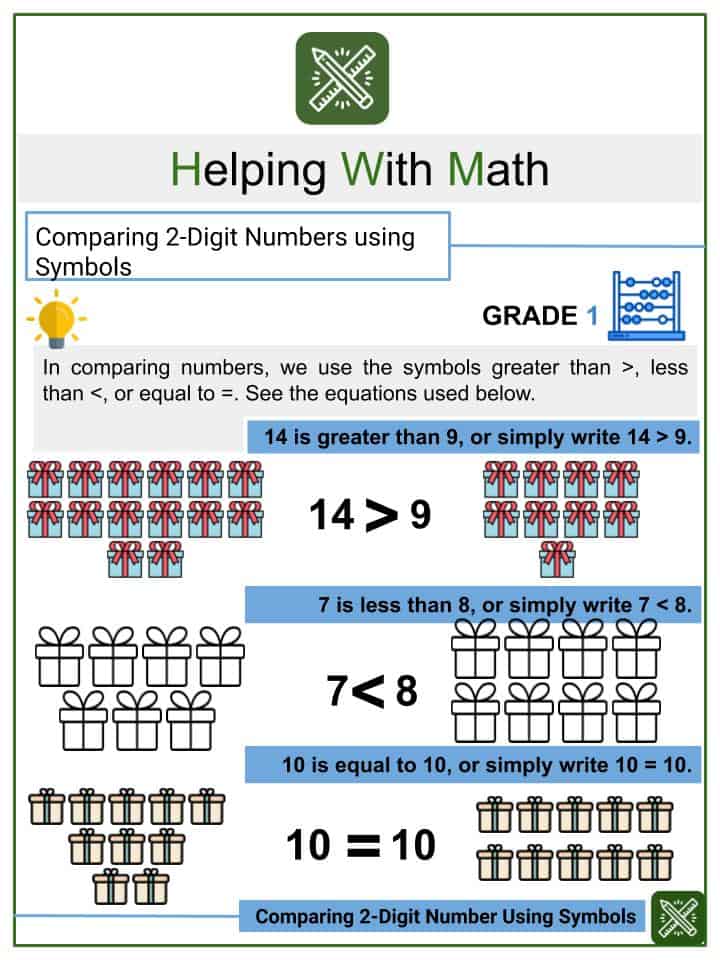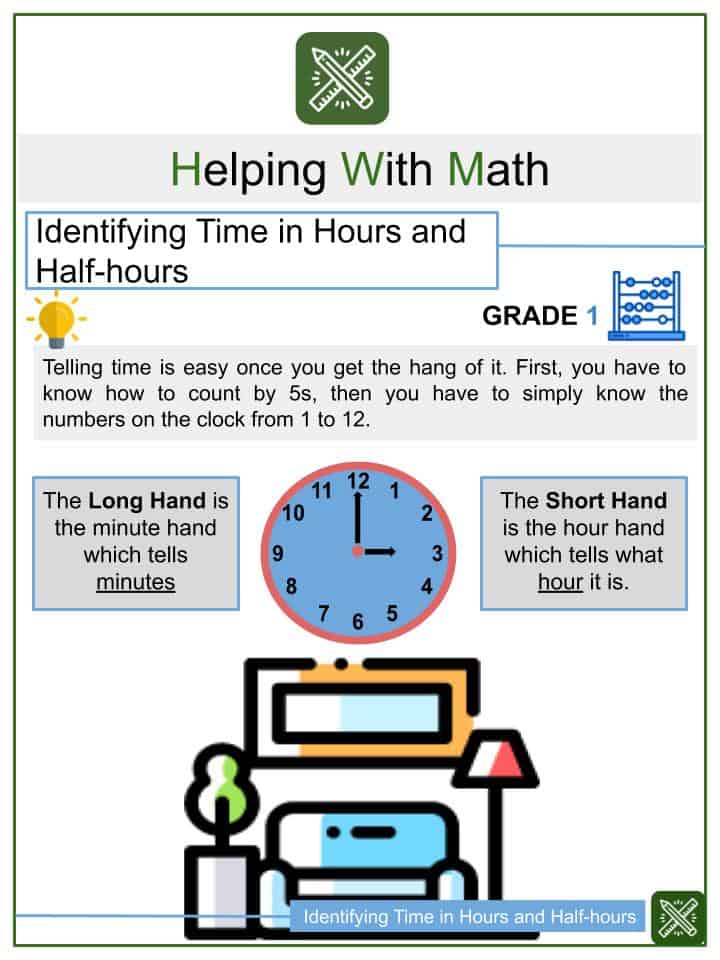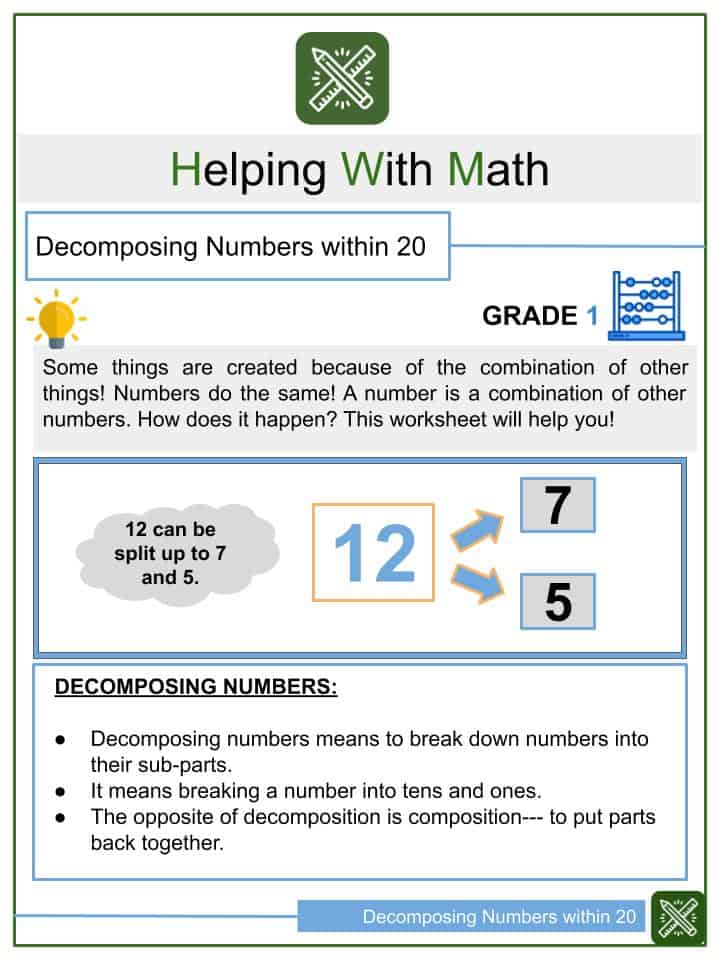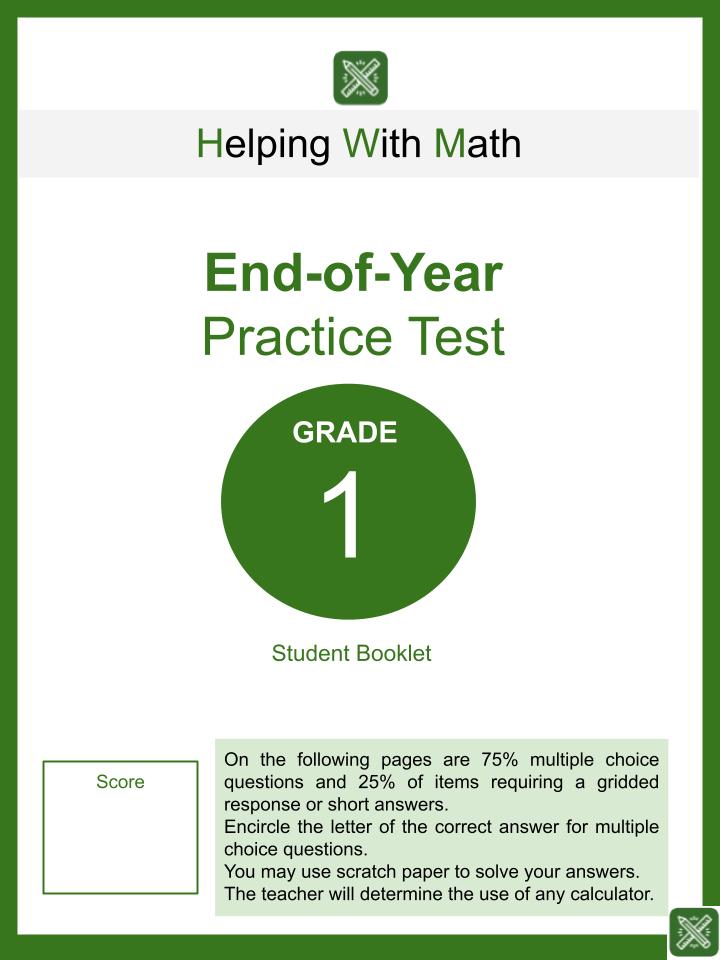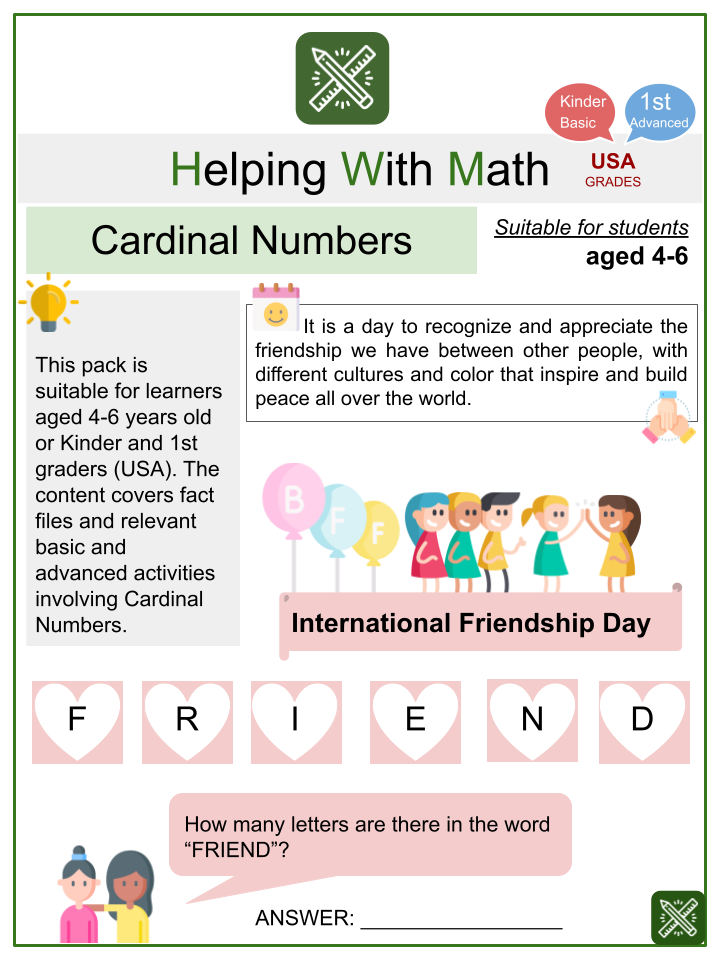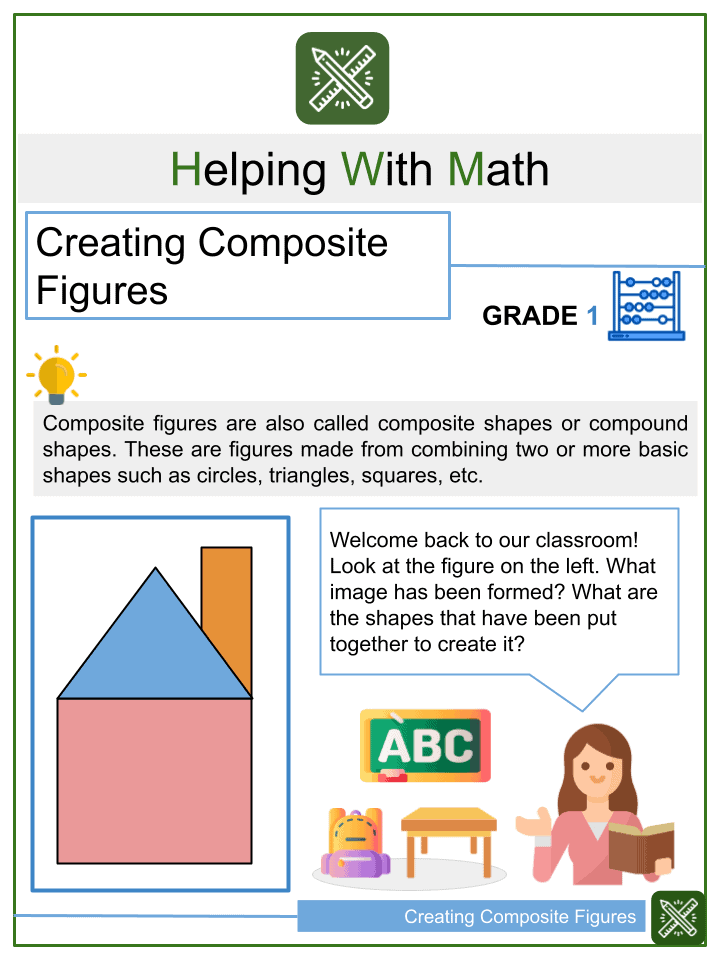1st Grade Math Worksheets
In this section, you can view all of our first-grade math worksheets and resources. These include common-core aligned, themed and age-specific worksheets. Perfect to use in the classroom or homeschooling environment.
We add dozens of new worksheets and materials for math teachers and homeschool parents every month. Below are the latest grade 1 worksheets added to the site.
1st Grade Common Core Aligned Learning Objectives & Standards:
Learning objectives:
In Grade 1 level, learners are expected to mainly focus on these four key areas:
(1) developing an understanding of two basic operations: addition, subtraction, as well as strategies in solving such;
(2) displaying a deeper recognition of relationships between whole number and place value
(3) showing initial understanding of accurate and precise use of linear measurement and measuring lengths as iterating length units; and
(4) reasoning about attributes of, and composing and decomposing geometric shapes.
Skills to develop:
a. Conceptual skills
- Learners should be able to distinguish the relationship between counting and the two basic mathematical operations of numbers (addition and subtraction), for example: adding three is the same as counting on three. They should be able to explain and use basic properties of addition as one of the strategies to add whole numbers. By comparing a variety of solution strategies, grade 1 learners will be able to build their own understanding of the relationship between addition and subtraction.
- They should be able to compare whole numbers (within 100) based on their place value using tens and ones only. That thinking of whole numbers between 10 and 100 can be expressed in terms of tens and ones (especially recognizing the numbers 21 to 29 as composed of two tens and some ones). Through activities that will develop number sense, learners will be able to understand the order of the counting numbers and their relative magnitudes. This is a good foundation for them to solve related problems.
- Learners are expected to demonstrate understanding of the meaning and processes of basic concepts of measurement, including units for length, mass, and time.
- They should be able to recognize shapes from different perspectives and orientations, to classify their geometric attributes, and describe how they are alike and different, to develop the background for measurement and for initial understandings of properties such as congruence and symmetry.
b. Procedural skills
- Learners should be able to discover strategies for adding and subtracting whole numbers within 20 based on their prior knowledge with small numbers. They should apply a different types of models, including countable objects and length-based models (e.g., connecting cubes to form lengths), to create visual representations showing how to add-to, take-from, put-together, take-apart, and compare situations to develop meaning for the operations of addition and subtraction. Also, learners are to begin becoming problem solvers who are able to reason out in certain situations.
- Derive ways to solve problems using the properties of addition and to create sophisticated strategies based on these properties (e.g., “making tens”) to solve addition and subtraction problems within 20.
- Learners apply their understanding of tens and ones in being able to develop and use efficient, accurate, and generalizable methods to add within 100 and subtract multiples of 10.
- They explore the properties of shapes to compose and decompose plane or solid figures (e.g., put two triangles together to make a quadrilateral) and build understanding of part-whole relationships as well as the properties of the original and composite shapes.
c. Life skills
- Learners in this level are exposed to a more concrete application of math in their daily lives. The learned concepts and skills are useful in counting, adding, and subtracting real objects such as toys, food boxes, school supplies, etc.
- As they are already introduced to the basic concept of time in hours and halves, they will begin to give meaning and importance in spending their time wisely. Through that, they will become more responsible and disciplined individuals.
- They will also begin to appreciate the importance of understanding the units of measurement in selecting appropriate sizes of things/shapes.
- These lessons will also strengthen their knowledge and perspective about the different shapes and space in their surroundings. To be able to tell renowned similarities and differences of objects/materials.
